 Today we’re cruising in my veggie car to go skiing at Mammoth Mountain here in California. I’m looking forward to snowboarding and traveling a healthy way.
Today we’re cruising in my veggie car to go skiing at Mammoth Mountain here in California. I’m looking forward to snowboarding and traveling a healthy way.
As some of you may know, my car runs on vegetable oil. Yes, that’s right, fry oil from restaurants! It’s been filtered, so it’s safe to use in my car, but it’s essentially used vegetable oil.
My car is vegetarian too! My own silly joke…
My car runs on Diesel, so I purchased a conversion kit about 3 years ago that allows me to switch between Diesel fuel and vegetable oil.
Why did I make the switch? I asked myself, is there a way that I can make a difference in the world, even if it’s in a small way. I heard about this concept and searched out a diesel car that I could convert and here you see it in the video. My Volkswagon Golf TDI. I love this car!
I feel like I’m contributing to a healthier, cleaner world.
We are always voting with our dollars, so I’ve decided NOT to give money to the big petroleum companies and put my money towards a better cause. That’s my way of making a contribution.
You can make a contribution to a healthier environment in your own expression. This was my way. Not saying everybody needs to do this exact project, just thought I would share Kardena’s world.
The night we left for our trip we have to get the vegetable oil tank filled and ready to go. We just fill the veggie oil tank with the dark-colored vegetable oil from a 50 gallon drum I have and we use a small pump, and we’re good to go!
FYI- I have a delivery company drop the oil to my house. I do have the equipment to filter the oil myself (a simple pump and filter system), but really I don’t have the time to pick up the oil from restaurants and filter it at home.
The oil tank fits very snug in my trunk. It’s a little car but it has as much room as I need, plus I have the roof rack for skis, surf boards, mountain bikes, or travel case. This is our travel car and it gets a ton of use with all our outdoor activities.
In the front of my car there’s a switch which allows me to go back and forth between Diesel and veggie oil. There’s even an indicator light which tells me which fuel I’m using.
The heated tank sends the oil to the engine and guess what kind of mileage I get out of it? Try 600 miles to the veggie oil tank!, that’s about 40 miles to the gallon and Waste Veggie Oil produces half the carcinogenic particulates that diesel fuel produces.
It smells like french fries when I’m driving down the road! Kidding…
Do you know where used trans fat waste fry oil goes when it’s picked up from the restaurants? Most of it gets sent to companies that make pet food and feed stock! That’s crazy! If fried foods are not good for humans what-so-ever, why on Earth would we feed this toxic oil to our most precious doggies and kitties or livestock? No wonder animals are having more and more health problems! Not all pet foods use this toxic oil, but as far as I know the lesser quality pet foods are typically the companies who use it.
So for me, this is more than a diet, it’s a lifestyle. Healthy inside and ou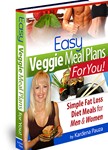 t!
t!
How do you contribute to a healthier you and our sacred Earth?
Kardena Pauza
Author of EasyVeggieMealPlans.com
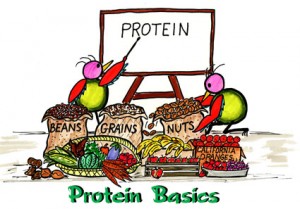 Most foods have some combination of protein, carbohydrates and fat – even vegetables contain all three macronutrients! So here’s a list of some whole foods and their protein, carbohydrate, and fat content.
Most foods have some combination of protein, carbohydrates and fat – even vegetables contain all three macronutrients! So here’s a list of some whole foods and their protein, carbohydrate, and fat content.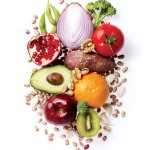
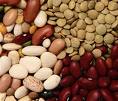 Your cells are constantly breaking down and synthesizing new proteins. Each day more amino acids are recycled in your body than are supplied in our diet. If you eat a grain source of protein in one meal and a protein source from beans the next meal, then that will be just as good as eating them together at the same meal.
Your cells are constantly breaking down and synthesizing new proteins. Each day more amino acids are recycled in your body than are supplied in our diet. If you eat a grain source of protein in one meal and a protein source from beans the next meal, then that will be just as good as eating them together at the same meal. protein.
protein.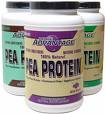 Remember that protein powder is a supplement and not a meal replacement. These powders supply protein but you will need to eat other foods with your meal to ensure you are power packed with nutrients.
Remember that protein powder is a supplement and not a meal replacement. These powders supply protein but you will need to eat other foods with your meal to ensure you are power packed with nutrients. The most common question people ask me about my vegetarian diet is, “How do you get enough protein?”. You have a toned body and how do you build muscle without eating meat?”
The most common question people ask me about my vegetarian diet is, “How do you get enough protein?”. You have a toned body and how do you build muscle without eating meat?” calculates out to 40 grams of protein per day. This is easy to do!
calculates out to 40 grams of protein per day. This is easy to do!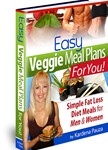
 I was in Colorado last week visiting my family & friends and doing some snowboarding. I always look forward to seeing my family! Ok, I think I’m now traveled out from my recent Oregon trip and family Colorado visit . I can’t wait to relax this weekend!
I was in Colorado last week visiting my family & friends and doing some snowboarding. I always look forward to seeing my family! Ok, I think I’m now traveled out from my recent Oregon trip and family Colorado visit . I can’t wait to relax this weekend!
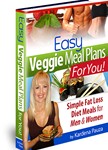
 I hope you’re ready for this one because a LOT of vegetarians are about to be SHOCKED (and maybe even disgusted) by what I’m about to reveal.
I hope you’re ready for this one because a LOT of vegetarians are about to be SHOCKED (and maybe even disgusted) by what I’m about to reveal.
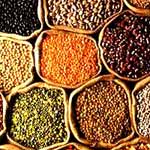 o research.
o research.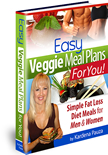
 For the second part of our road trip home from Oregon, Mark & I drove south west to the northern California coast to enjoy the Redwoods, the Coast and get in some mountain biking. I have to tell you, Oregon and Northern California are lush and beautiful with over grown fern, dangling moss, and massive trees. It was a magical place!
For the second part of our road trip home from Oregon, Mark & I drove south west to the northern California coast to enjoy the Redwoods, the Coast and get in some mountain biking. I have to tell you, Oregon and Northern California are lush and beautiful with over grown fern, dangling moss, and massive trees. It was a magical place!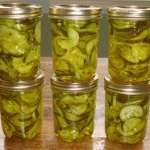 foods. The first place I go to is the fresh produce department. We ate healthy and light while traveling. We were only driving and visiting with family so we weren’t expending many calories.
foods. The first place I go to is the fresh produce department. We ate healthy and light while traveling. We were only driving and visiting with family so we weren’t expending many calories.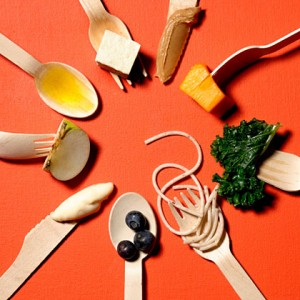 The most common argument against a vegetarian diet is that you can’t get enough calcium or iron, or that you will need to get a Vitamin B12 shot from your doctor.
The most common argument against a vegetarian diet is that you can’t get enough calcium or iron, or that you will need to get a Vitamin B12 shot from your doctor.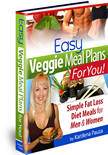
 I have to admit, with all the “labels” we give to eating styles, it sure can be confusing to a new vegetarian. The broad definition of a vegetarian is a person who does not eat meat.
I have to admit, with all the “labels” we give to eating styles, it sure can be confusing to a new vegetarian. The broad definition of a vegetarian is a person who does not eat meat. an outbreak of E.coli or some other bacteria in hamburger meat or Listeria (bacteria found in a meat processing plant in Canada that killed 20 people in 2008).
an outbreak of E.coli or some other bacteria in hamburger meat or Listeria (bacteria found in a meat processing plant in Canada that killed 20 people in 2008). still is to fill my diet with super foods that have been studied and found to contain the highest amounts of vital nutrients and to incorporate these super foods into my daily diet so I will stay in optimal health living a vibrant life into my 80’s and 90’s even past 100!
still is to fill my diet with super foods that have been studied and found to contain the highest amounts of vital nutrients and to incorporate these super foods into my daily diet so I will stay in optimal health living a vibrant life into my 80’s and 90’s even past 100!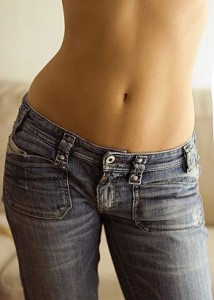 I thought I’d change it up today and give some exercise tips to go along with the veggie nutrition tips.
I thought I’d change it up today and give some exercise tips to go along with the veggie nutrition tips.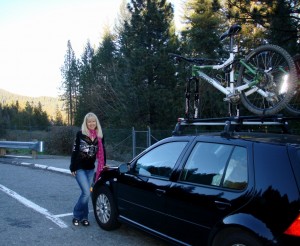 I love being spontaneous and adventurous!
I love being spontaneous and adventurous!
 fall off my program a couple times I have to admit. My body and stomach let me know it wasn’t happy about my choices so it was easy for me to get back on my program.
fall off my program a couple times I have to admit. My body and stomach let me know it wasn’t happy about my choices so it was easy for me to get back on my program.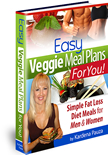
10